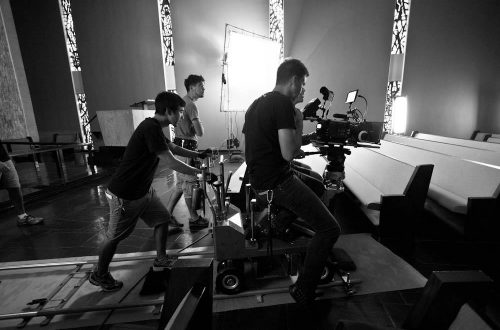Calibration is an essential process in various industries to ensure precision, accuracy and reliability of measurement instruments. Among the numerous calibration methods available, gauge block calibration stands out as a time-tested and supremely effective technique. Known for its unmatched precision and repeatability, gauge block calibration elevates the standard of accuracy in measurement systems, setting the bar for quality control and metrology. Gauge blocks, also known as slip gauges or Jo blocks, are precision-ground blocks made of steel, carbide or ceramic materials, possessing extremely flat and parallel surfaces. Their remarkable accuracy is due to the craftsmanship involved in their production, with tolerances often reaching nanometer levels. These blocks come in various lengths and when stacked together, they form a precise reference standard for calibrating measuring instruments, such as micrometers, calipers and height gauges.

The process of gauge block calibration begins with a master gauge block, traceable to a national or international standard. This master block is meticulously measured using interferometers or high-precision optical devices, ensuring its accuracy is well-established. It serves as the benchmark against which other gauge blocks are compared. During calibration, the gauge blocks under scrutiny are placed in contact with the master block and the resulting measurement is compared to their nominal value. Any deviations are meticulously recorded and adjustments are made accordingly. One of the most striking aspects of gauge block calibration is its simplicity and repeatability. Unlike electronic instruments that may drift over time or environmental changes, gauge blocks maintain their precision for extended periods, given they are handled and stored with care. This reliability makes them a favorite choice in critical applications where accurate measurements are indispensable, such as aerospace, automotive and semiconductor industries.
Furthermore, the ats labs calibration process itself helps to identify and rectify any wear or damage that gauge blocks might have suffered. Periodic calibration not only guarantees precision but also ensures the longevity of these valuable measuring tools, safeguarding the significant investment made by industries in their acquisition. The impact of gauge block calibration extends far beyond manufacturing floors and laboratories. It plays a pivotal role in achieving global uniformity in measurements, as calibration standards are set and recognized internationally. From facilitating international trade to supporting scientific research, gauge block calibration provides the backbone for consistent and reliable measurements worldwide. In conclusion, gauge block calibration stands as a testament to the human pursuit of precision and excellence in measurement. Its unparalleled accuracy and repeatability elevate the standard of calibration and quality control in diverse industries. As technology advances, gauge block calibration continues to hold its ground as an indispensable and timeless practice, setting a benchmark for accuracy and ensuring that measurements across the globe are calibrated to perfection.


